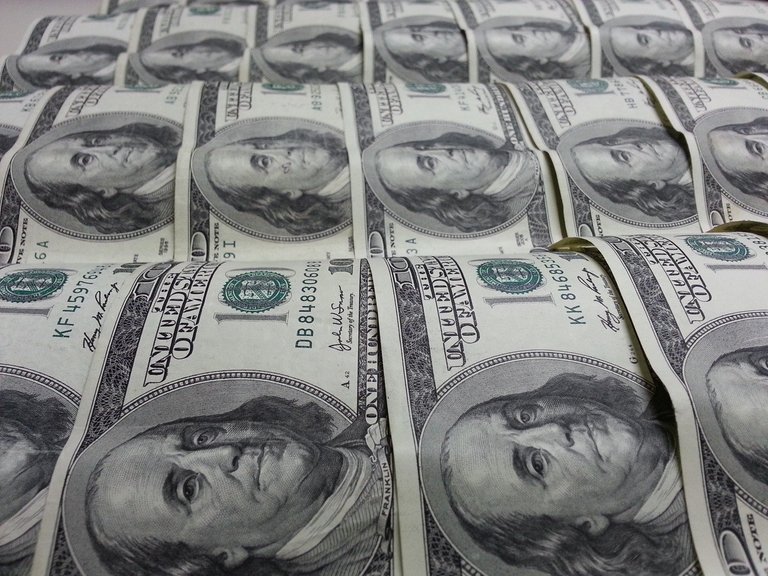How Does the Federal Reserve Create Money?

From January 2020 to January 2022, the money supply increased from $15.4 trillion to $21.6 trillion. That’s a 40% increase in the money supply—unprecedented in recent US history.So how did the Fed do it?
Source: How Does the Federal Reserve Create Money?
As most people reading this probably know, fiat money is money created by government fiat and is not backed by anything other than individuals' faith in that government. This is in contrast to currency backed by a commodity, traditionally gold. With fiat currency, government does not need more gold (or any other commodity) to print more paper money.
So how does the government create money? It turns out there are many ways that this happens though none are quite so simple as just printing it. The linked article goes over a few of them.
So how does the Federal Reserve create more dollars if it isn't by simply putting more printing presses into service? One way is by purchasing treasury bonds from banks (among other assets). These treasury bonds are in essence loans to the government at some interest rate. However, when the Federal Reserve buys them from banks, they simply create the money out of thin air (digitally these days) as opposed to having some reserve of existing cash that is used. In this way, banks get more cash which they can then turn around and loan out or invest in other ways. If you hear the term "open market purchase", this is what is happening.
More recently (since 2008) the Federal Reserve has purchased other things to inject money into the economy. For example, the Federal Reserve currently owns in the neighborhood of $2.7 trillion in mortgage backed securities. That money was created as well.
One other money creation method discussed is interest on reserves which is another relatively new concept. Since 2008, the Federal Reserve pays banks interest for money they keep in reserves. Essentially, this amounts to the Federal Reserve paying banks to NOT make loans and gives them more direct control over interest rates. And once again, this money is created.
All of this money creation is by definition, inflation. Inflation is an increase in the money supply. An increase in the money supply puts an upward pressure on prices and is a significant contributor to the rise in prices we have been seeing. From January 2020 to January 2022, the money supply (M2) increased by 40%. That is massive and it is absurd to think that wouldn't affect prices.
One last quote from the article that I think sums things up pretty well:
There’s no such thing as a free lunch. Printing dollars does not mean there are more sandwiches to go around. And although the Federal Reserve can affect the economy with their levers, they cannot print prosperity.
More money without equivalently more sandwiches means the price of sandwiches goes up.
Congratulations @darth-azrael! You have completed the following achievement on the Hive blockchain And have been rewarded with New badge(s)
Your next target is to reach 3200 posts.
You can view your badges on your board and compare yourself to others in the Ranking
If you no longer want to receive notifications, reply to this comment with the word
STOPTo support your work, I also upvoted your post!
Check out our last posts:
Support the HiveBuzz project. Vote for our proposal!
https://twitter.com/14313770/status/1605975556247412736
The rewards earned on this comment will go directly to the people( @darth-azrael ) sharing the post on Twitter as long as they are registered with @poshtoken. Sign up at https://hiveposh.com.